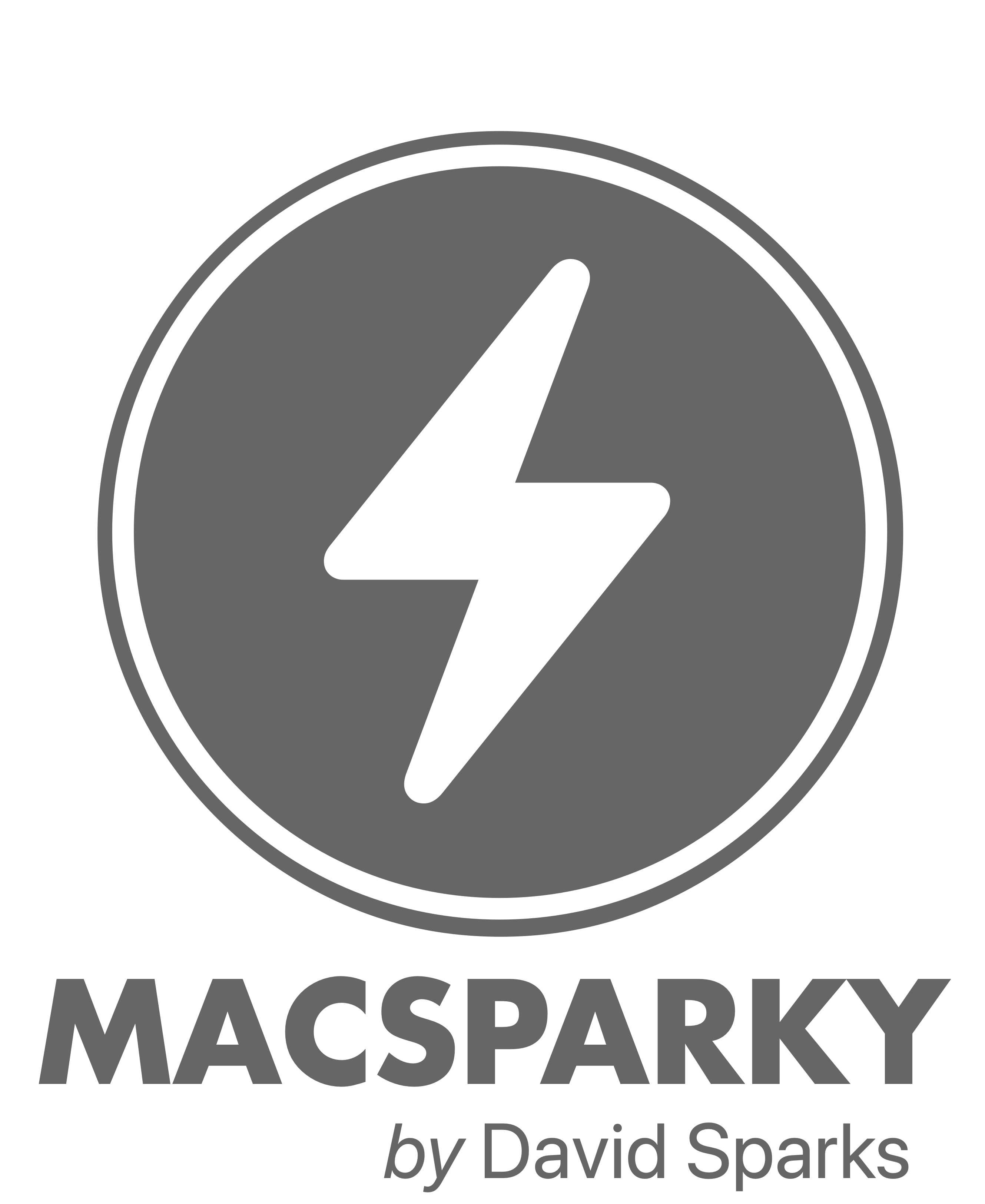Phil Schiller did an extended interview over at Sound and Vision. That choice of publication for the interview speaks loads about Apple’s point on the HomePod. It’s not a smart speaker to them as much as it is a good speaker. I like the way Apple appears to be sweating the details. From the interview, Schiller explains how the HomePod uses the motion sensor to recalibrate itself.
data-animation-override>
“We wanted to make a speaker that sounds great no matter where you put it in your home. From the moment you plug in HomePod and start listening to music, it automatically and instantly senses its location in the room to take full advantage of the environment it’s in. The microphone array in HomePod listens to the reflection of the music off neighboring surfaces, senses where the bookshelf is, or if it’s in the corner of a room or against a wall, and then uses machine learning to understand what it’s hearing, interpret the sound, and adjust the audio. Using advanced software and the A8 chip, HomePod intelligently beams center vocals and direct energy away from the wall while reflecting the ambient reverb and back-up vocals against the wall for dispersion into the room. The end result is a wide soundstage with a feeling of spaciousness and depth. This entire process takes just seconds and it doesn’t stop with the initial setup. Every time you move HomePod, it uses the built-in accelerometer to detect a change in its location and continues to make sure the music sounds great and is consistent, wherever it’s placed. We’ve also done some great things to help minimize the audible side effects of compression artifacts by developing studio level dynamic processing to optimize for rich, clean bass even at loud volumes.”
I’ve always felt there is a degree of snake oil salesmanship involved when talking about advanced technology in speakers. The question is, will normal listeners be able to tell a difference with all of this at work. We’ll find out soon enough with the HomePod shipping next week. I hope the HomePod is as good as Apple and some of the early access press are reporting.






